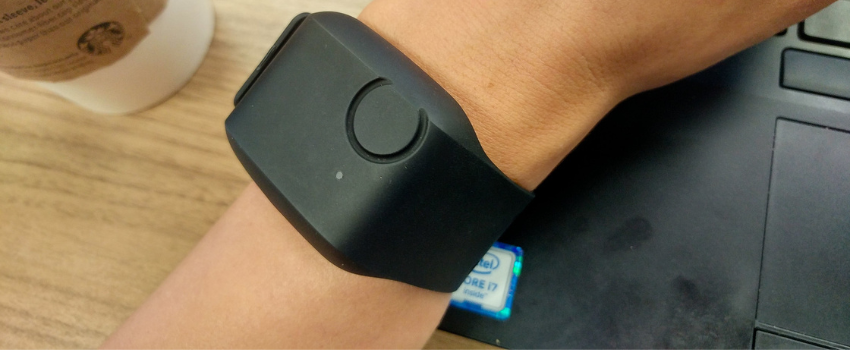Exploring the use of wearable devices to better understand aggressive behaviour in inpatient mental health services
PhD Impact Story
When it occurs, aggression can be a serious problem in mental health services, impacting on the health and safety and treatment outcomes of the patient themselves, as well as carers, staff and the therapeutic environment for other service users. Despite this, existing methods to understand and predict this kind of behaviour are often inaccurate, and not able to capture the quick changes to mental and physiological states which can precede the behaviour.
It is worth noting that most people who experience mental health difficulties are not aggressive, with large longitudinal studies showing that they are in fact more likely to be victims of aggression (see studies 1 and 2). Relationships between mental health and aggression are complex and multifaceted, often influenced by factors in addition to mental health, and the source of much stigma.
Measuring changes in states with wearable devices
Former PhD student Dr Ben Greer has worked with patients and staff to research whether remote monitoring technology (RMT), such as wearable wristbands (pictured above), could be used to monitor and predict possible acts of aggression. Due to advances in RMT we can now measure changes in physiological and psychological arousal multiple times per second. However, their relevance for predicting inpatient behaviour is currently unclear.
The project consisted of five studies conducted over the course of one year, involving service users and staff in a medium secure forensic mental health service. Service users from this service, in addition to those from the NIHR Maudsley BRC funded FAST-R and SUAG advisory groups, informed the development of each study within this project. The potential advantages, issues and barriers of using a technology like RMT were discussed in staff and service user focus groups, and later Ben also conducted pilot feasibility and acceptability studies with staff and service users on the wards trialling the wearable technology.
Benefits and impact
This innovative research has made an important contribution to the field of risk assessment, which until now has been unable to identify predictors of aggression over short time periods. In this case, changes in physiological arousal were measured up to 40 minutes before the behaviour took place.
The project showed the additional benefits of wearable technology for patients, staff and carers as it can highlight the need for support earlier than is currently possible. This can reduce the risks, or even prevent the chance of aggression. It also gives patients the power to monitor their own changes in physiology, which could be combined with new therapeutic interventions.
Broader Interest and Collaborations
In addition to two peer-reviewed publications and a third in preparation, the outcomes of this project were presented at the 2020 Quality Network for Forensic Mental Health Services ‘Physical security in medium and low secure services’. This event showed a broad interest among staff and services as to how novel healthcare technologies could be integrated into current working practices.
The methods of analysis used in this project are currently also being adopted by at the University of Toronto as part of an investigation of anxiety symptoms and physiological activity in a virtual reality environment.
IMPACT AREAS:
Novel Diagnostics and Therapeutics | Involving Patients in Research






